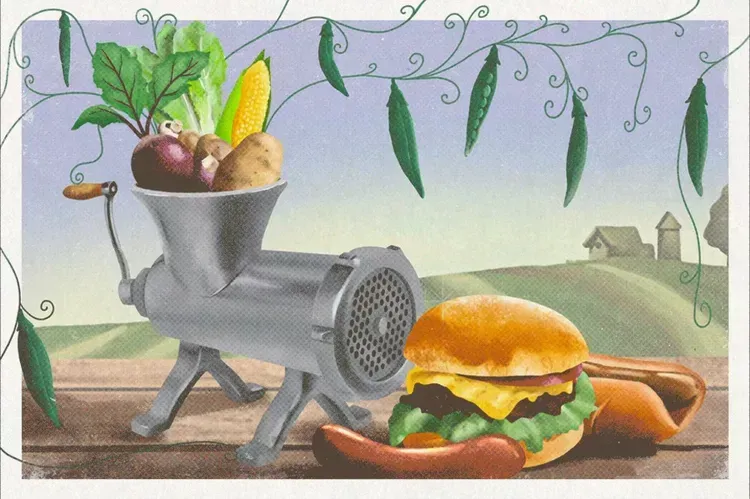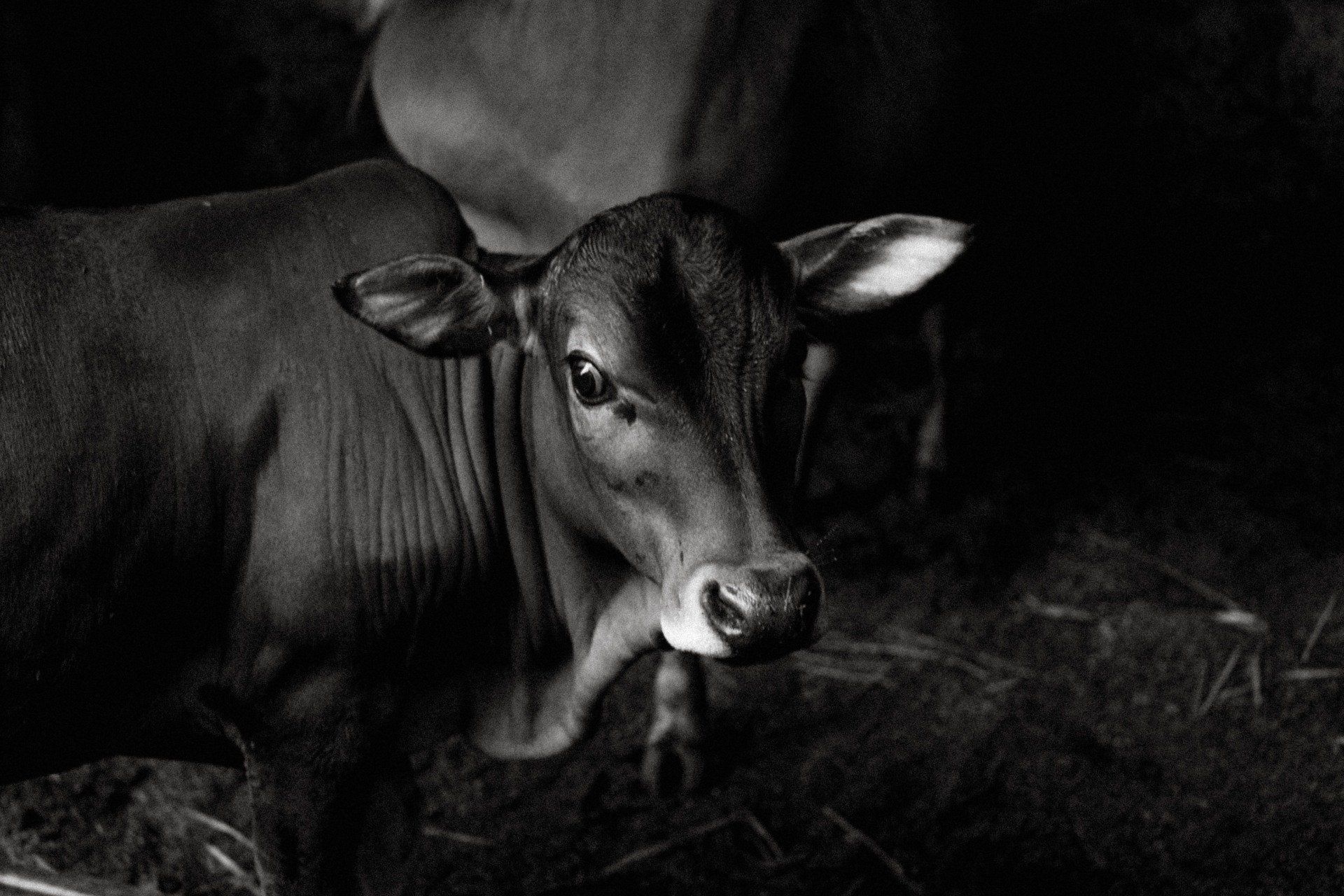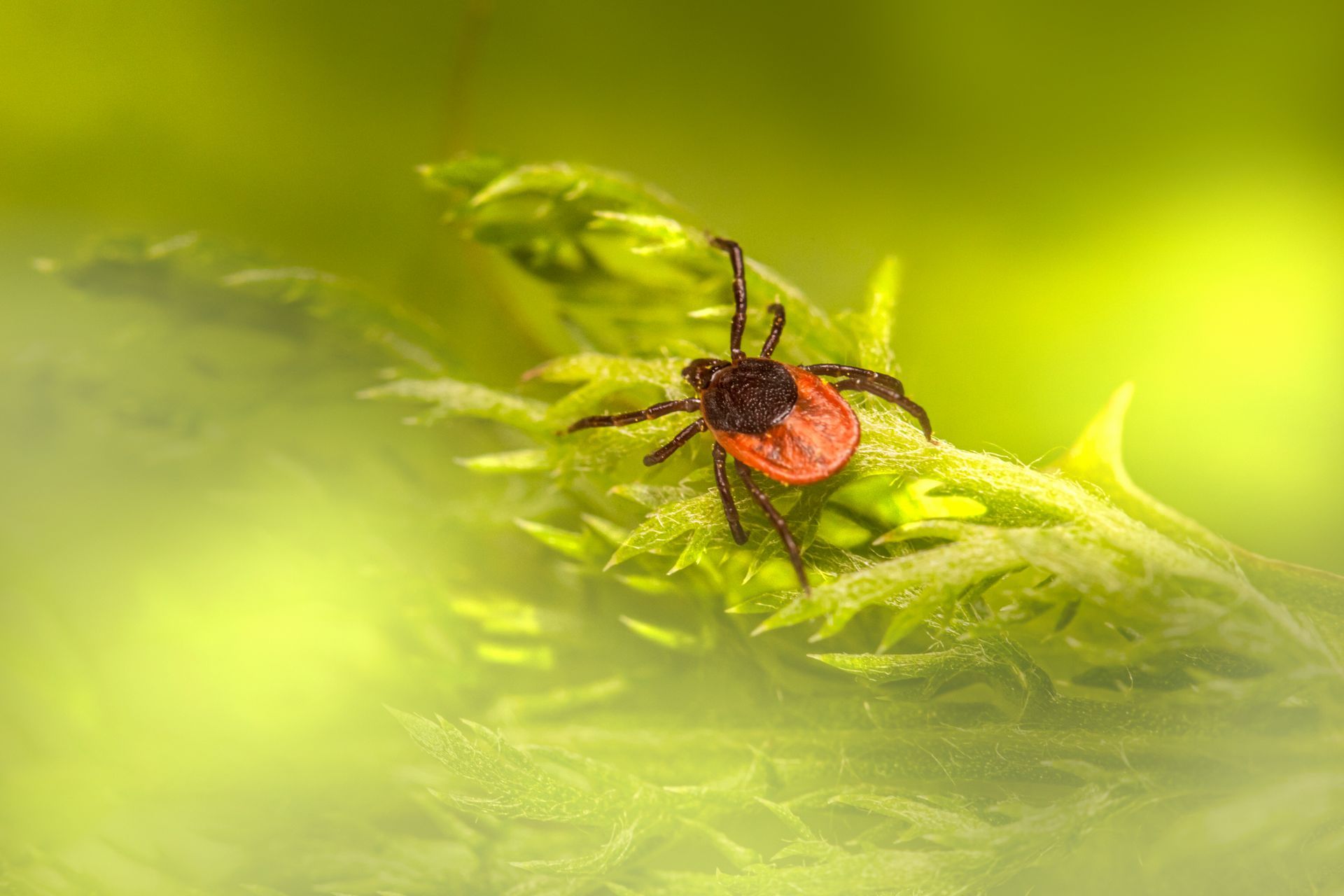Keep your hogs heat-stress free
As temperatures rise across the United States, keeping livestock cool and stress-free is critical. Hogs are more susceptible to the effects of heat stress than other farm animals. They produce a lot of metabolic heat — the internal heat an animal produces from feeding and growing — and do not have sweat glands to aid in cooling off.
Heat stress has a lot of hidden costs, and while it is difficult to quantify lost productivity coupled with the mortality rate in barns, Matt Romoser, Iowa State Extension swine specialist, says the losses from heat stress are very comparable to some of the worst disease challenges the industry deals with.
What does heat stress do to hogs?
In the short term, heat stress reduces the feed intake of a hog. As the pig is unable to lose excess heat, it is less likely to want food and more likely to want water, which reduces its rate of gain. Additionally, sows will experience reduced fertility evident by smaller litters and lower conception rates during the warmer months of the year.
In the long term, Romoser says heat stress can lead to increased intestinal permeability, resulting in a condition commonly referred to as leaky gut. When a hog gets too hot, the blood in its circulatory system can redistribute to the skin to try and cool the animal off. This reduces blood flow to the digestive tract. The proteins in the intestines can break down the lining and expose the hog to bacteria and pathogens.
“Now there is increased body temperature from two sources: the weather and a fever response due to bacteria,” Romoser says. “The combination of those makes it more difficult for the hog to dissipate heat away from their body.”
This occurs more frequently in older hogs, but hogs of any age can potentially experience heat stress. Experts theorize that it has a huge impact on seasonal infertility, Romoser says.
What should I look for?
Brett Ramirez, assistant professor of agriculture and biosystems engineering, says the easiest way to tell if a hog is experiencing heat stress is to monitor its breathing. Labored, elevated breath rates are a good hint that the animal is too hot. Other indicators are a lack of eating, drinking, and movement.
“Additionally, if they're all lying down, they're probably pretty warm,” Ramirez says. “They're trying to dump some heat into the concrete and reduce how much heat they produce internally.”
The hogs may also seek out areas of the confinement that are naturally cooler, such as breezeways, under water troughs, or under sprinklers, Romoser adds.
Seasonal maintenance before it gets warm is critical while watching the forecast — if there is a heat wave — is a good way to get ahead of heat stress.
What can I do?
The larger the hog, the more susceptible it is to overheating. As the animal gets closer to market weight, producers should make sure ventilation systems are properly functioning. Belts should be tight, fan shutters clean, and curtains should be properly functioning.
Controlling the environment hogs live in is the best way to mitigate heat stress, Ramirez says. Ensuring there is a sufficient amount of airflow in the confinement is key.
“When the temperature starts to get into the 80s, we like to use some form of evaporation, whether it's an evaporative cool pad or direct wetting on the pig skin,” he says. “Also, we want to make sure their water is accessible. Those are easy first steps.”
Romoser also suggests doing barn chores in the coolest parts of the day. Feeding, watering, and vaccinations all require the hogs to move and activate their metabolic heat, so minimizing the external heat can help reduce stress.
Read more about Hogs
You might also like
Jaynie Norman


